“I am in a very far away place, where there is no city dust…”, I would like to borrow the lyrics of singer Soobin Hoang Son to record my feelings when I first came to Go Co, Quang Ngai .
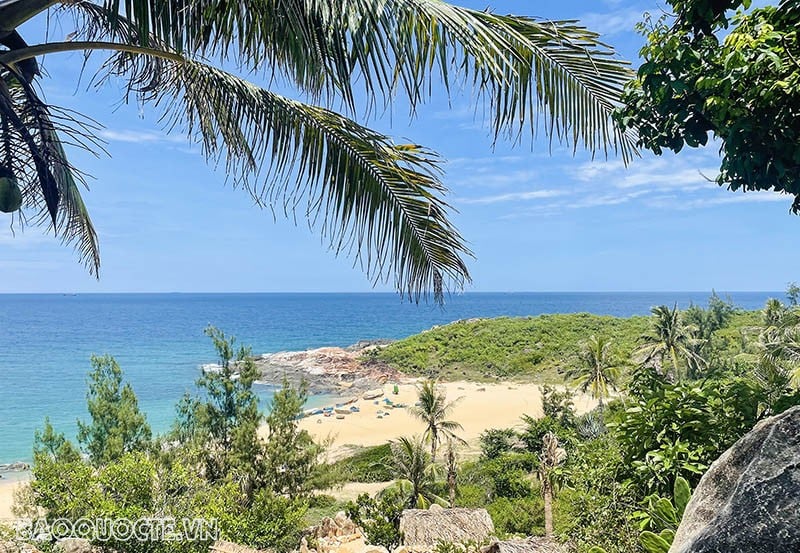 |
| From Go Co village looking out to Sa Huynh sea. (Photo: Linh Chi) |
During a survey trip to Go Co, Dr. Guy Martini, Secretary General of the UNESCO Global Geoparks Network, affirmed that the village is a “treasure” of Quang Ngai province. This place has all the cultural and geological conditions to become a living entity of the Sa Huynh cultural space.
Enthusiastic about tourism
Go Co village is about 70km south of Quang Ngai city center. There are about 80 households here, located between two high hills, isolated from outside residents.
The village was discovered by domestic and foreign experts in 2017 when they were conducting a survey to build a Sa Huynh cultural space to submit to UNESCO for recognition as a World Cultural Heritage. Go Co used to have an ancient population, the owners of the Sa Huynh culture, dating back 2,500-3,000 years.
Talking to me, Mr. Nguyen Binh, 58 years old, a retired teacher, said that the land of Go Co witnessed many historical changes, from the hardships of the long resistance war to oblivion and spectacular revival. Previously, the villagers lived mainly by fishing and farming and the name Go Co sounded very distant, not many people knew it.
“But then, everything exploded when our small village was discovered. At that time, the villagers were excited to learn how to do tourism. They believed that they needed to continue to preserve the soul of an ancient Champa village and give the village a new look,” Mr. Binh recalled with tears in his eyes.
In 2019, the Go Co Village Community Tourism Cooperative was established. In 2020, the village was recognized as a 3-star tourist village according to the One Commune One Product (OCOP) standard. Up to now, there are 34 households in the village doing tourism, of which 22 households participate in homestay service groups, 15/34 households participate in food service.
Ms. Huynh Thi Thuong, 70 years old, a villager, confided that the village culture is still intact. People still fish with bamboo boats, cultivate land to grow potatoes and cacti. “People here welcome tourists with all kinds of potatoes and tubers typical of the sunny and windy Central region. Tourists feel close when enjoying the typical and simple dishes made by the villagers themselves. We take tourists on a tour of the entire small village, telling stories about this land. It is truly like a dream,” Ms. Thuong confided.
Mrs. Bui Thi Van, 68 years old, from a family directly involved in tourism, said that she had lived her whole life surrounded by heritage without knowing it. When the Go Co Village Community Tourism Cooperative was established, despite her old age, she was still enthusiastic about “going to school to learn about tourism”. Mrs. Van’s thatched house has now become a lovely homestay.
Mrs. Van proudly said: “From a village that no one wanted to visit, with the villagers themselves leaving one by one, Go Co has changed its appearance. Tourists flock to the village, so many that sometimes we have to refuse to welcome groups because we cannot serve them in time.”
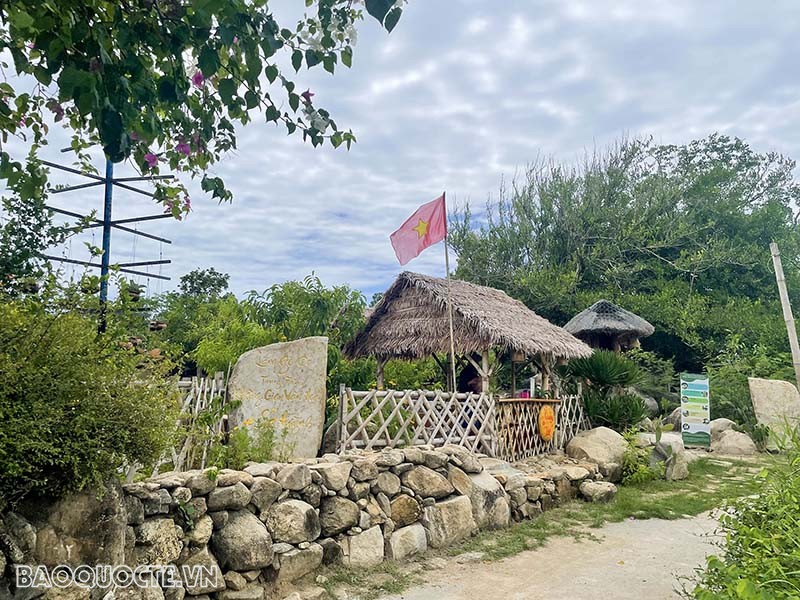 |
| The simple, rustic beauty of Go Co. (Photo: Linh Chi) |
Become a Go Co resident
When I arrived at Go Co, my first impression was a strange peace with the old “smell” lingering around the village. There was no car horn, no noise, no dust, no “virtual check-in”, only laughter, the sound of waves and the rustling wind. The landscape in this village is extremely pristine, rustic and the people’s lives are also peaceful, simple and honest.
After a few greetings, I felt like a real villager. In the morning, I walked around the village; at noon, I enjoyed a simple meal of braised fish and traditional dragon tongue soup; in the afternoon, I went to Sa Huynh beach to watch the sunset and listened to the locals sing bai choi and hat ho. If I wanted to go to the fields to plant potatoes, weave nets, make banh it or go fishing... the locals would enthusiastically guide me.
What made me "fall in love" with this village is the simple and honest character of the people.
While weaving nets, Ms. Bui Thi Van shared that during the two years of closure due to Covid-19, the whole village did not need to go out. People fished, raised chickens, and grew vegetables, tubers, and fruits to make a living. People still farmed in the traditional way, without harming the environment or nature. Even everyday items such as baskets and crates were mainly woven from bamboo or hats and caps were woven from coconut leaves... Everything was rustic, close, and familiar.
Coming to Go Co, visitors can easily encounter typical characteristics of the Champa people that have been preserved by the residents of this fishing village for thousands of years, such as temples and shrines from the Champa period, stone wells, stone bridges, and thatched-roof houses.
In particular, instead of fences of grass or concrete fences, modern steel mesh like most other rural areas, there are still many roads and fences meticulously arranged with stones. The people here say that all the beauty and value of Go Co village comes from stones.
Stop by a small shop, drink a cup of seaweed with rock sugar, and look out at the famous Sa Huynh beach. Visitors will see rocks "sitting" pensively on the edge of the waves.
Mr. Binh said: “In Go Co, rocks are the foundation of the village. The village is located next to the sea, but the terrain is high hills, so every rainy season, it is very susceptible to landslides. However, thanks to the rocks stacked on top of rocks, layer upon layer, the village has not lost an inch of land. In the village, about 12 ancient stone wells are still intact - products left by the Champa people when they lived here. This ancient well system has been and is the lifeblood, nurturing many generations of villagers.”
Besides the beautiful nature, products, cultural relics, geological heritage, people and long-lasting stories about war memories, folk songs such as Bài Chòi and Hát Hồ are highlights when visiting the ancient village.
“The folk songs of the people are maintained for cultural exchange and passed on to future generations. Since Go Co became a tourist village, these songs have also been used to serve tourists, helping the people earn more income,” said Ms. Huynh Thi Thuong.
“Go Co is a ‘treasure’ of Quang Ngai province. This place has all the cultural and geological conditions to become a living entity of the Sa Huynh cultural space.” Dr. Guy Martini, Secretary General of the UNESCO Global Geoparks Network |
Persistently preserve the "treasure"
To meet the needs of visitors, the Go Co Village Community Tourism Cooperative has established service groups such as: sightseeing and experience by bamboo boat; homestay service with a total capacity of about 50 guests/night; tour guide group about Go Co village; community restaurant group; service group for experiencing being a farmer; service group for experiencing cooking; service group for experiencing folk games and some other experience services.
Although it is quite famous, as Mr. Binh emphasized, the people still want to preserve Go Co's inherent peaceful and wild features. Families doing tourism do not chase after quantity, but work fairly and support each other. The people want to introduce to tourists a type of smart tourism that respects nature.
“We know clearly what we want and what we don’t want. Go Co established the cooperative not to ‘earn more money’ but so that our children can return to the village and make a living in the place where they were born. Therefore, people are persistently working day and night to preserve and cherish the heritage and natural values of this land, which is considered a ‘treasure’,” Mr. Binh shared.
Leaving Go Co as the sun gradually set, I secretly hoped that time would “forget” this village, so that this place would be the first name that tourists think of when they want to find peace.
Source


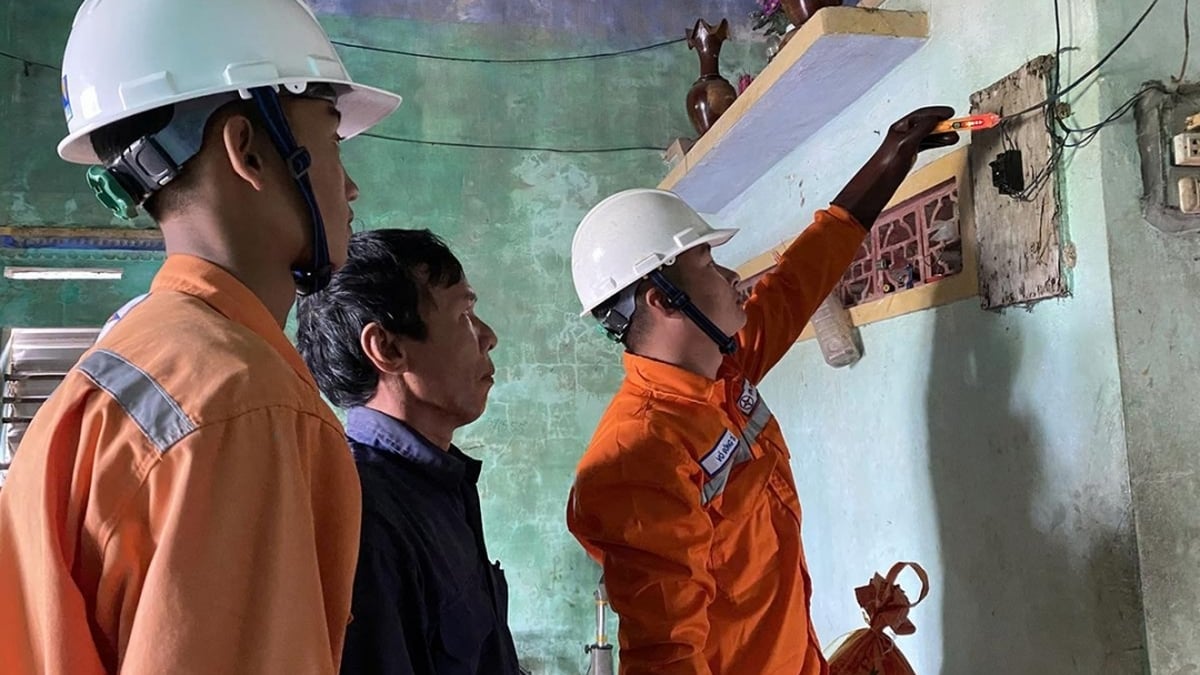
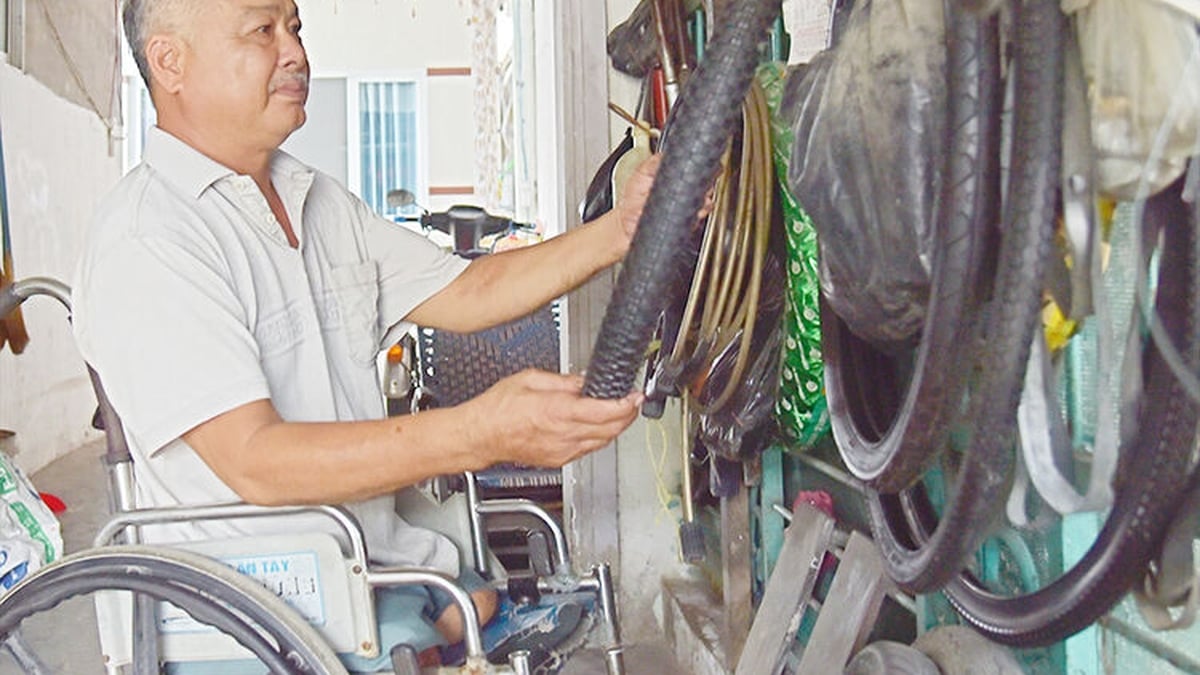
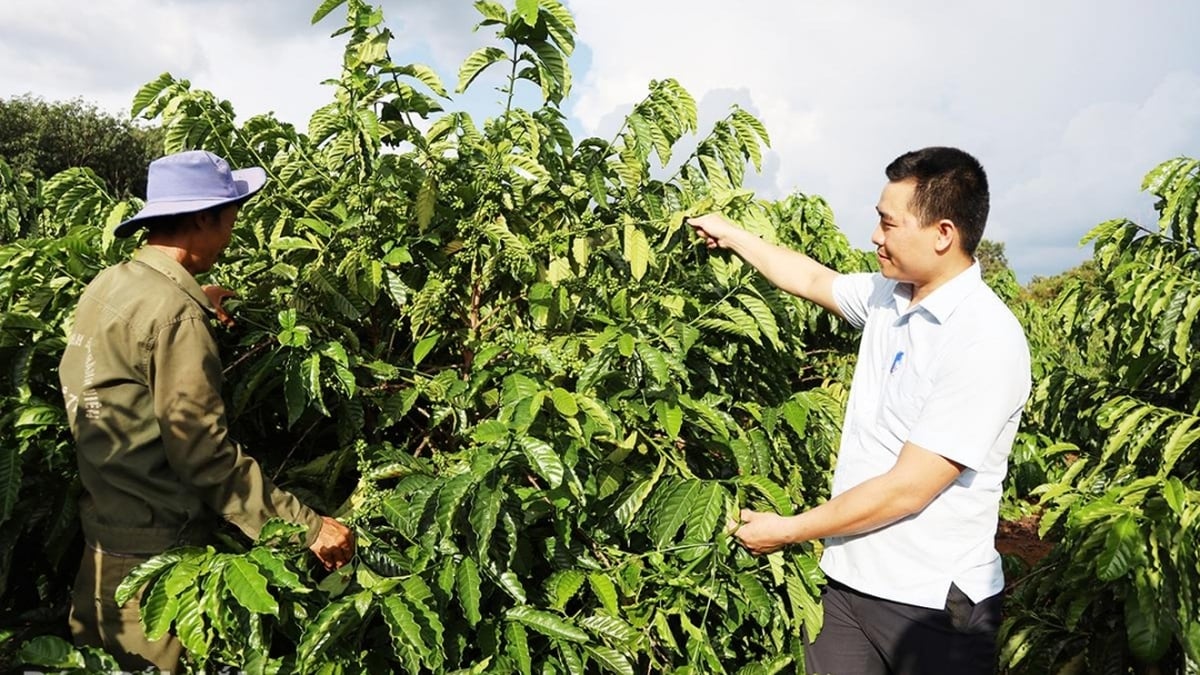

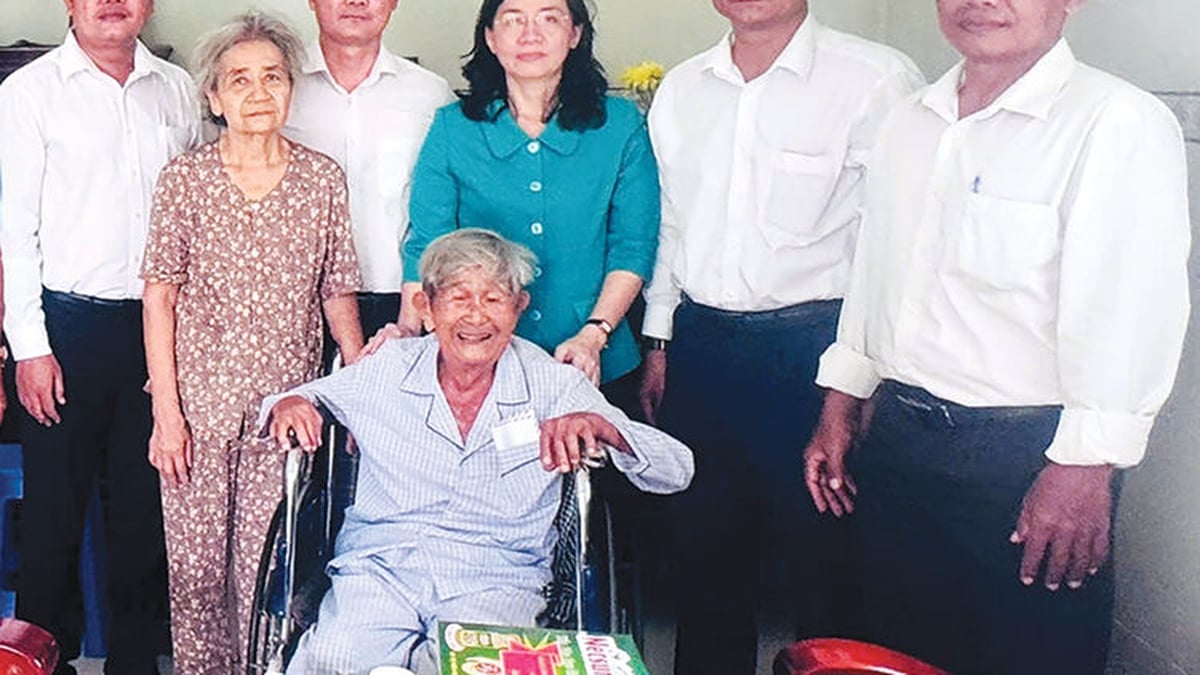
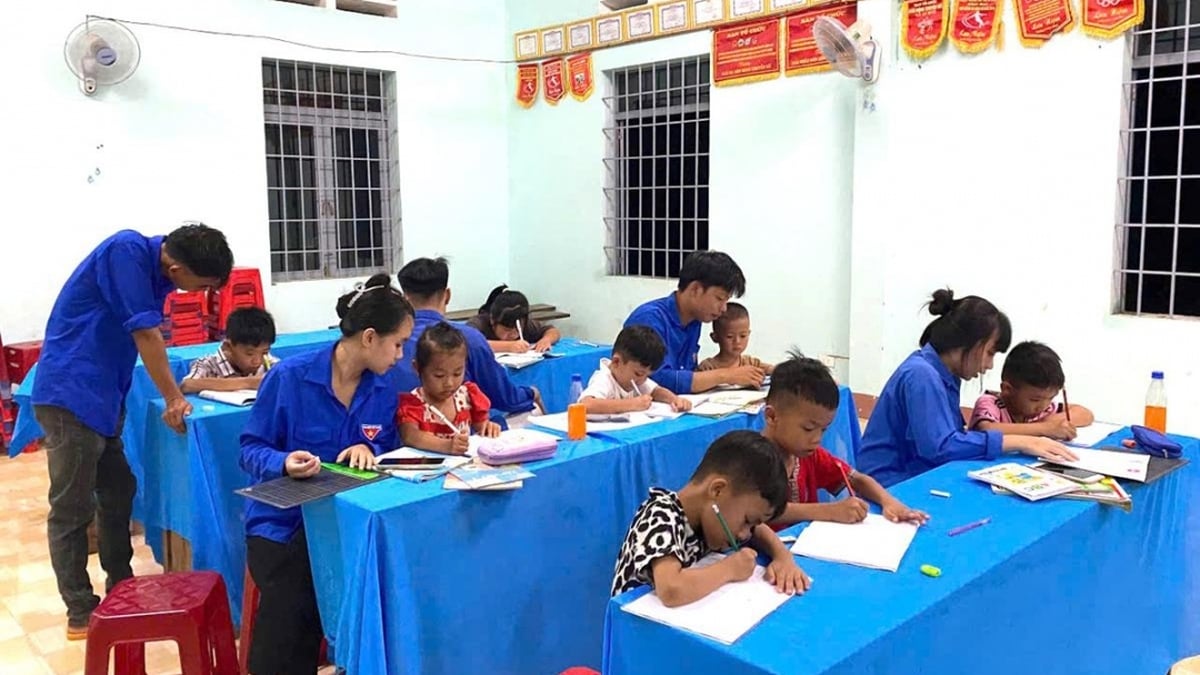


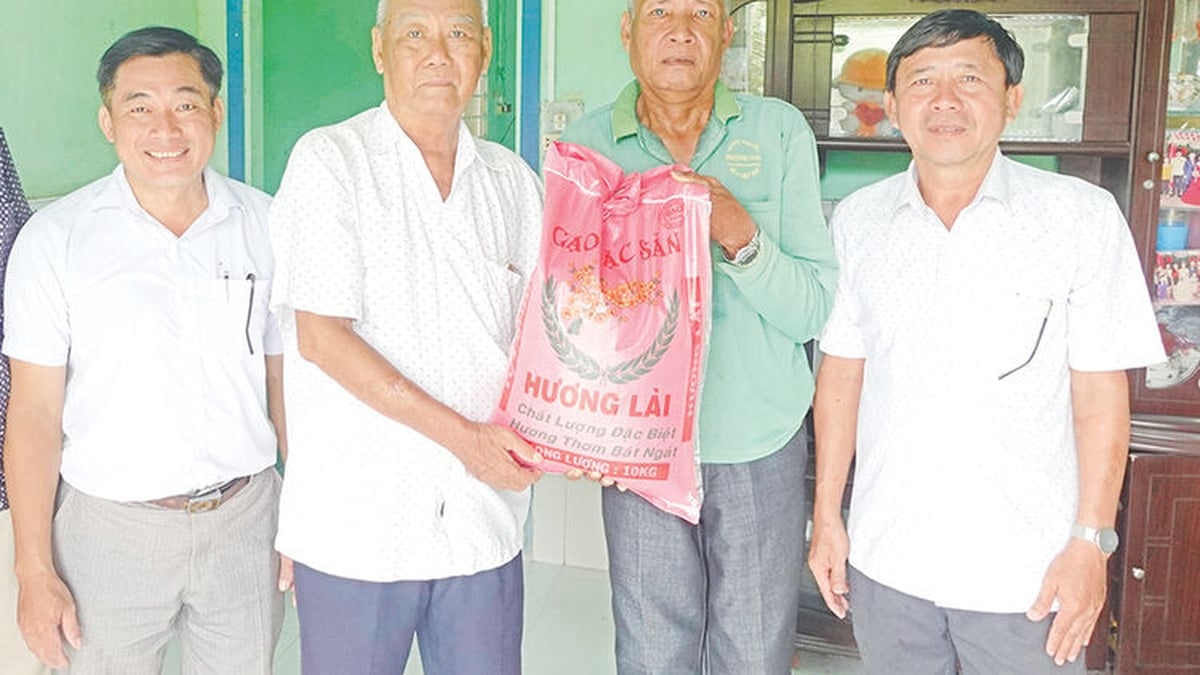
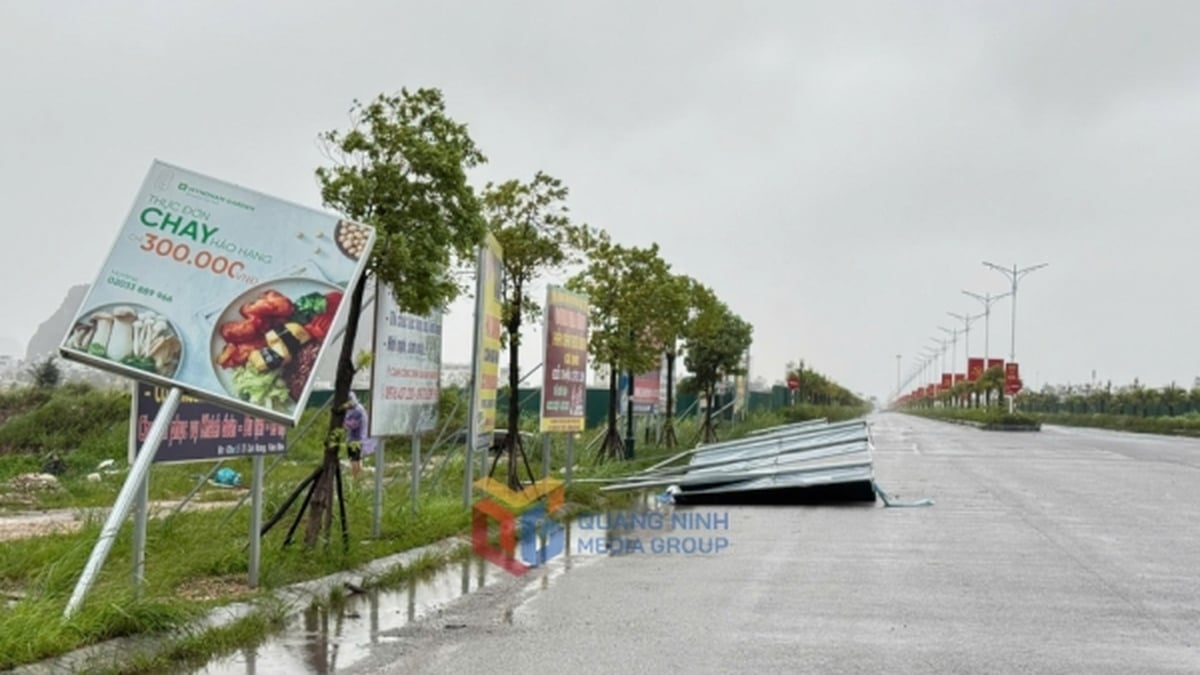










![[Photo] National Assembly Chairman Tran Thanh Man visits Vietnamese Heroic Mother Ta Thi Tran](https://vphoto.vietnam.vn/thumb/1200x675/vietnam/resource/IMAGE/2025/7/20/765c0bd057dd44ad83ab89fe0255b783)









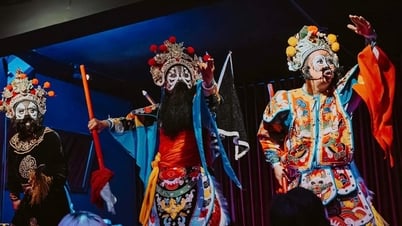

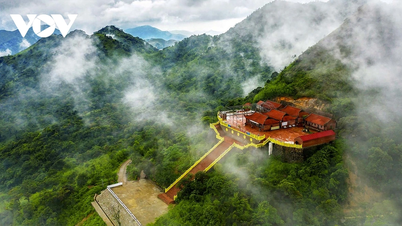



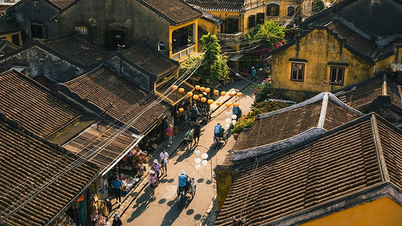



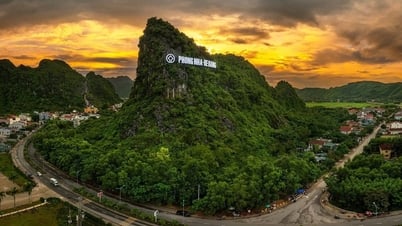

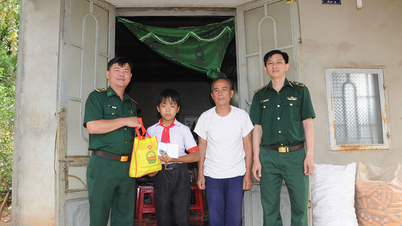




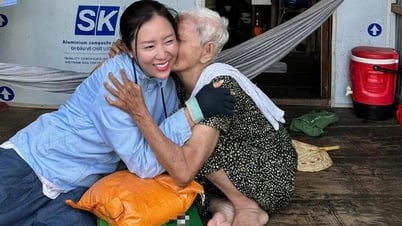
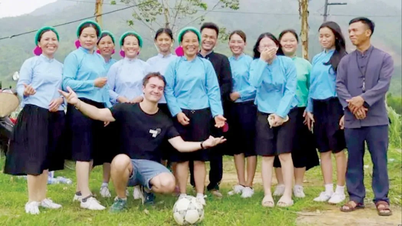



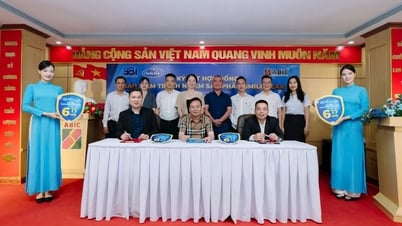



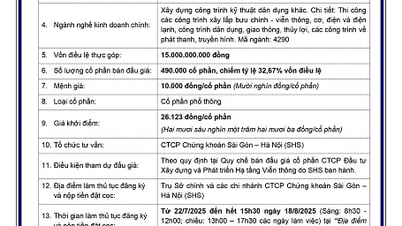




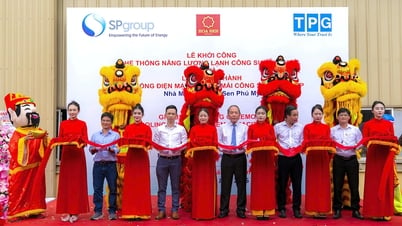


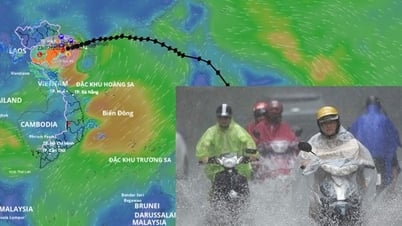

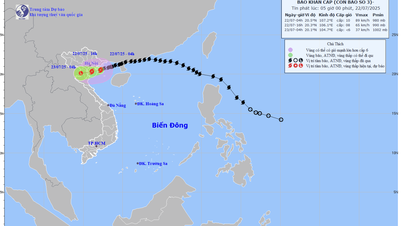

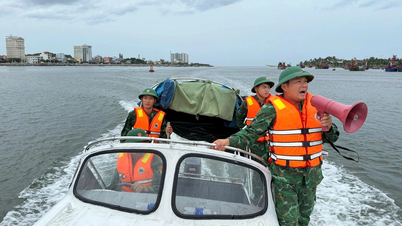







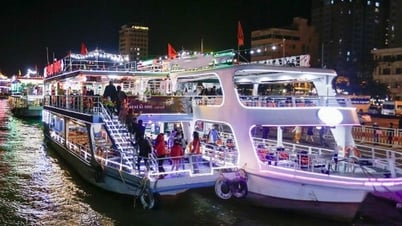



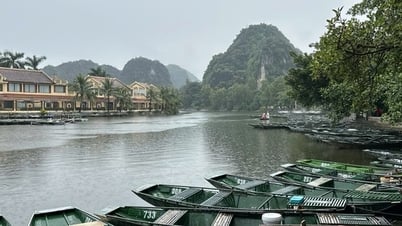

















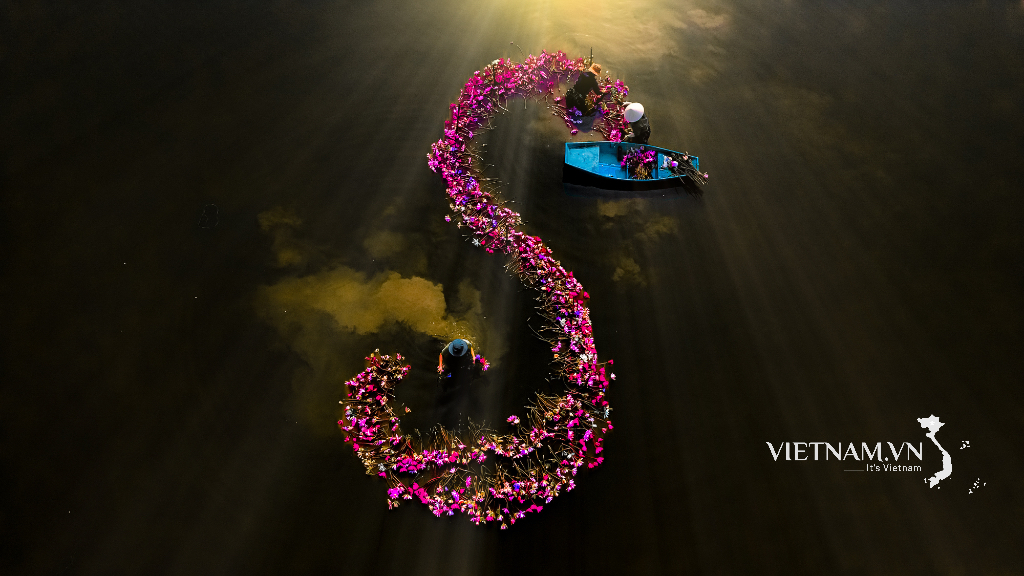
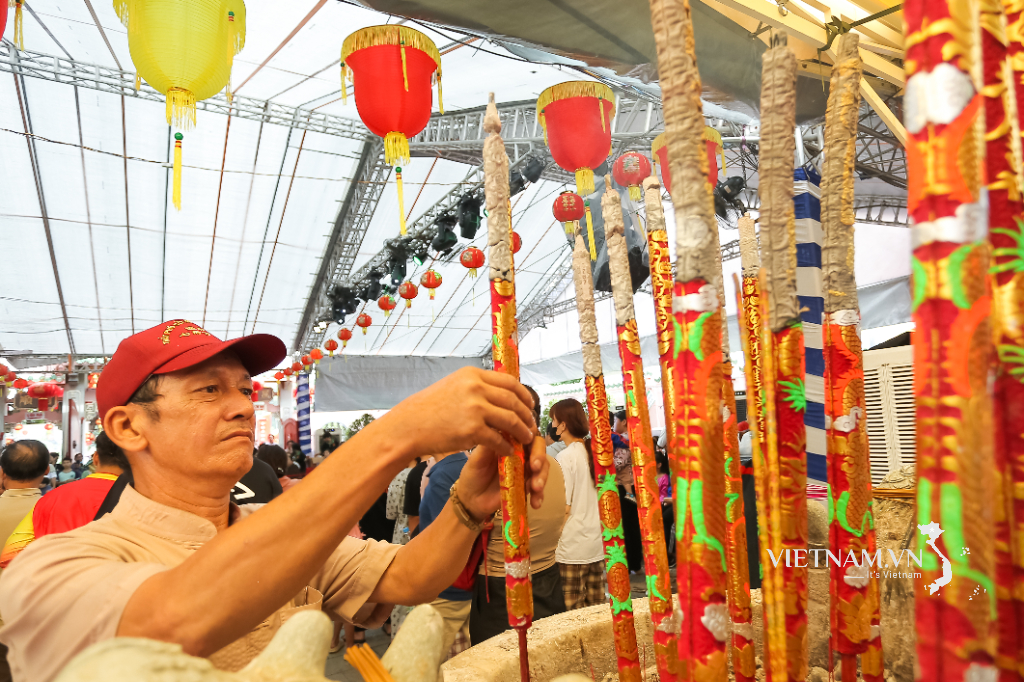
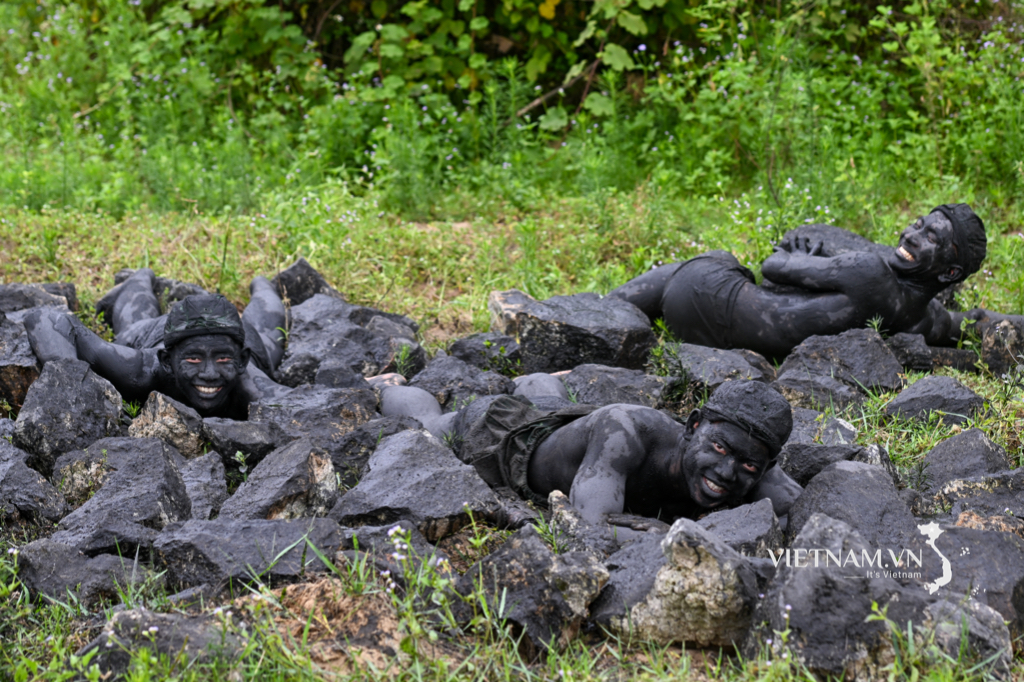
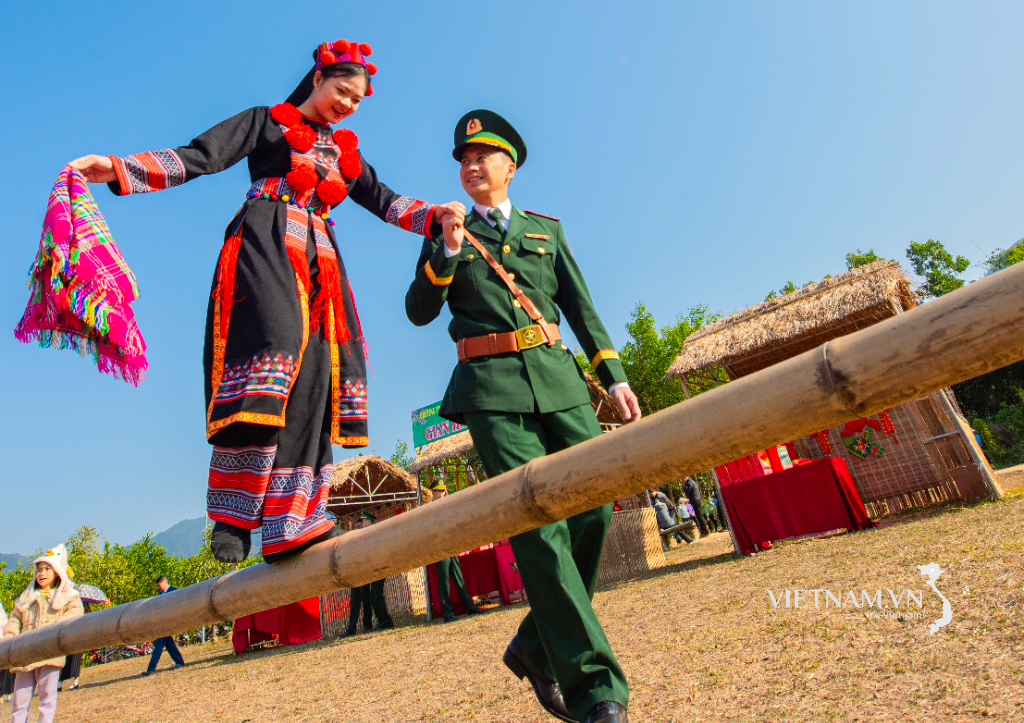
Comment (0)